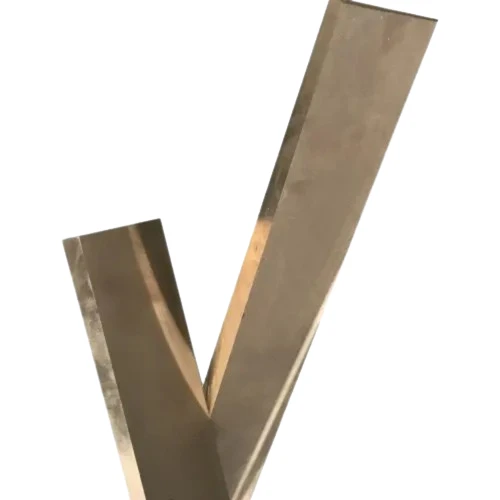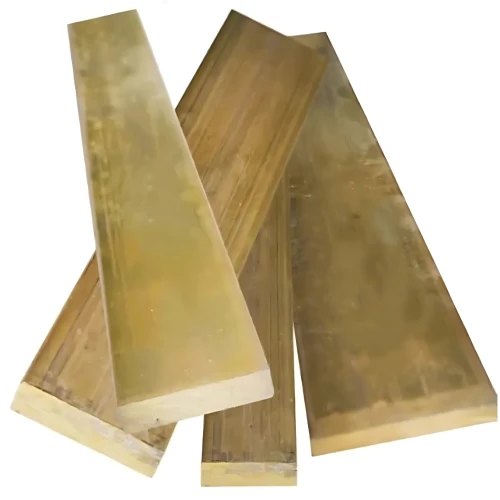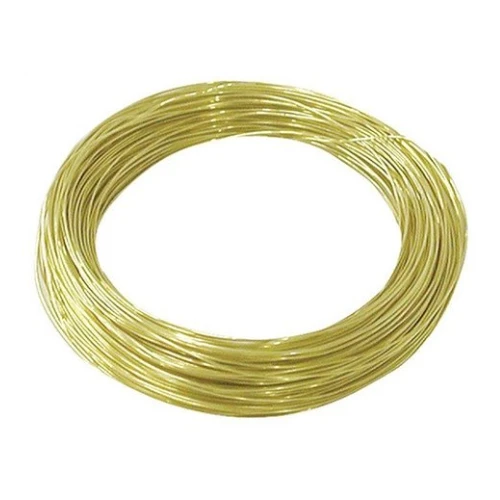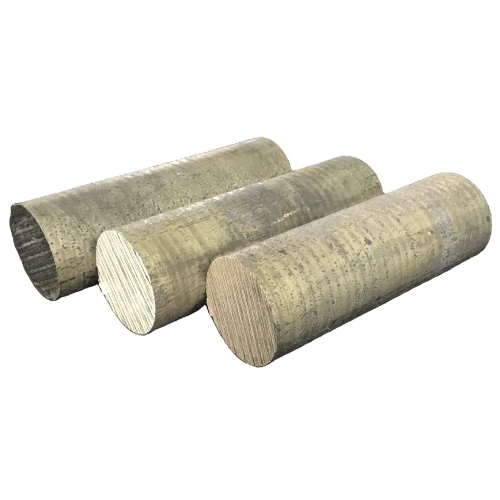C94300 is a copper alloy belonging to the high-leaded tin bronze family. It's prized for its exceptional
machinability and good casting properties, but similar to other high-lead alloys, its applications are
restricted due to environmental and health concerns.
Table: Key Properties of C94300
| Property |
Description |
| Chemical Composition |
- Primarily Copper (Cu): Balance <br> - Tin (Sn): 7-9% <br> - Lead (Pb): 23-27%
<br> - Other (Fe, Zn, etc.): Trace amounts
|
| Mechanical Properties |
- Excellent machinability due to high lead content <br> - Good for low-load bearings and
bushings <br> - Low strength and fair corrosion resistance
|
| Common Brands (By Country) |
- Europe: ASTM B505 High-Leaded Tin Bronze [Europe] <br> - US:
High-Leaded Tin Bronze
|
Common Questions and Answers:
What are the typical applications of C94300?
Similar to C94500. the use of C94300 is declining due to lead content. However, some traditional
applications include:
Low-load bearings: In non-critical applications with minimal loads, C94300 might be used
for bearings due to its machinability.
Bushings: Similar to bearings, C94300 can be used for bushings in low-load applications.
Ornamental castings: Due to its good castability, C94300 might be used for decorative
castings where structural strength is not a major concern.
Important Note: Regulations on lead usage can make finding readily available C94300 or its
equivalents challenging. Explore alternative copper alloys with lower lead content for most applications.
What are the limitations of using C94300?
The main limitations of C94300 are:
High lead content: Lead is a health hazard during machining and limits applications due to
environmental regulations.
Low strength and wear resistance: Compared to other copper alloys, C94300 offers lower
strength and wear resistance, making it unsuitable for demanding applications.
Limited corrosion resistance: C94300 is not suitable for environments with high corrosion
potential.
Are there lead-free alternatives to C94300?
Several lead-free copper alloys offer superior overall properties. Depending on the specific application
requirements, some options include:
C93700: A lead-free alternative with good machinability and wear resistance for bearings and bushings.
Aluminum bronzes (e.g., C95400): Offer good strength, wear resistance, and machinability without lead.
Important Note: Always consult with a material engineer or supplier to identify the most
suitable copper alloy for your specific application considering factors like strength, wear resistance,
corrosion resistance, and regulatory compliance.



